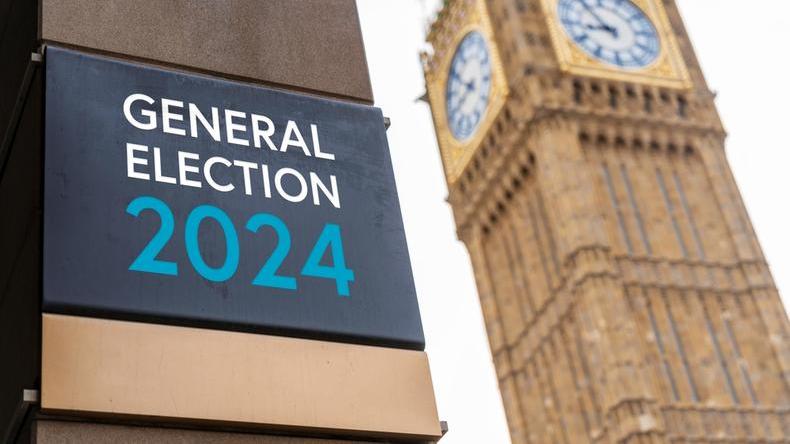The post-election future of pensions: auto-enrolment and savings adequacy
Manifestos from all parties have been light on detail about future pensions policies. But reward and benefits directors must still continue to manage their workplace pensions and support the employees in their schemes.
What might lie ahead for some of the most pressing aspects of pensions policy – and how should reward and benefits professionals prepare?
In the first of our two-part series, we look at auto-enrolment and pensions adequacy. Or see part-two on the Lifetime Allowance and tax relief.
Auto-enrolment expansion
Increases in auto-enrolment minimum contributions, extending the policy to younger and lower-paid workers, as well as removing the current Lower Earnings Limit (LEL) so that pensions contributions are made from the first pound of earnings, could all make a big difference to employees’ pensions over the course of a working life.
What’s in the manifestos?
No party has committed to changes to pensions auto-enrolment in its manifesto.
As recently as March 2023, Conservative MP Jonathan Gullis brought a Private Members’ Bill which proposed removing the LEL and reducing the qualifying age for auto-enrolment to 18, from the current age of 22.
The Bill became the Pensions (Extension of Automatic Enrolment) Act 2023, with Royal Assent in September 2023 – but since then, there has been no detail on timescales, and the lack of reference in any party’s manifesto suggests little action in the immediate future. Extending auto-enrolment might not look like a big hit policy-wise in comparison to education or the future of the NHS, so perhaps it’s no surprise there’s a lack of clear commitments. It’s also a potentially difficult sell to an electorate who would see more money taken out of their pay packet every month, and to businesses which would be required to increase contributions.
There has been little meaningful change to auto-enrolment since it was introduced in 2012. An independent 2017 review recommended increasing minimum contributions, and the 2023 Act could also have brought more employees into pension saving.
How could it affect reward and benefits?
If the election winner does decide to increase minimum contributions, extend eligibility rules and/or take forward the 2023 Act, timing will be of the essence. Employers will need to make changes to benefits budgets and pension scheme design, as well as thinking through other aspects of pensions such as communications and engaging younger workers, if over-18s are included.
It’s likely that any changes to auto-enrolment contributions would need to be made gradually (especially an increase in minimum contributions from 8% to 12% that many would like to see) to make this affordable for both employers and employees.
Wage growth over the last five years, partly linked to high inflation and the cost-of-living crisis, will already have pushed up pension costs for many employers and any political party will need to look carefully at future economic trends to decide when the time is right to make changes.
But one of the biggest challenges for DC workplace pensions remains encouraging employees to save enough for an adequate standard of living in retirement. Future plans for auto-enrolment – and pension saving more broadly – could quickly become a political issue.
Of course, employers and employees don't need to wait for legislation to increase their pension contributions and support adequate savings for employees.
Pensions adequacy
How much money does someone need for an adequate standard of living in retirement – and where does that money come from? The first part of that question will be unique for every employee (although rules of thumb such as the Pensions and Lifetime Savings Association’s (PLSA) Retirement Living Standards provide a starting point).
The scope of the second part of that question includes the State Pension, workplace pensions, and potentially other sources of personal or workplace savings and income.
What’s in the manifestos?
Labour, Conservative and Liberal Democrat manifestos all commit to continuing with the State Pension triple lock. The Conservatives’ version now comes with an extra ‘plus’: a tax-free personal allowance for pensioners that would increase each year by the amount that the State Pension increases – although this may not be completely effective. The Green Party wants a double lock, which would be linked to earnings and inflation.
More broadly, Labour has committed to a review of the whole “pensions and savings landscape”, but it’s unclear yet what the scope of that will be and how it will affect workplace pensions.
Reform UK has also said that it will carry out a review of pensions which, it says, are “riddled with complexity, huge cost and poor returns leading to lower savings.”
The Liberal Democrats have been the most vocal about addressing under-saving for specific groups, with an explicit commitment to “develop measures” to end gender pension gaps, address eligibility in the gig economy and support working-age carers.
Recent proposals to introduce a lifetime provider model that would allow employees to build a single pension pot throughout their working life rather than generating a new pot every time they change job, have not made it into the manifestos.
How could it affect reward and benefits?
The State Pension is an important part of most employees’ income in retirement, alongside personal and workplace savings, and therefore a key part of pensions adequacy.
But the current £11,500 triple-locked State Pension (with or without the ‘plus’) isn’t sufficient to meet even the minimum £14,400 level of the PLSA’s Retirement Living Standards.
And, to achieve the PLSA’s £31,300 moderate standard of living would require employees to have an additional £19,800 per year from workplace and personal savings on top of the State Pension. Supporting employees with pension saving over the course of their career, both in terms of contributions and guidance, will continue to be a priority, with or without extended auto-enrolment legislation.
In the longer term, workplace pensions might form just one part of how employees fund their retirement, with other tax-efficient savings (such as ISAs) and investments contributing over the course of a working life. Long-term societal shifts, such as paying rent into retirement, and more varied, flexible models of retirement will also affect pensions adequacy.
That will also put more emphasis on the design of retirement products. Helping employees use their DC pension savings to create an income in retirement from multiple sources is now a pressing issue requiring more innovation, government support and understanding of people’s retirement needs.
While the lifetime provider approach would have significant ramifications for workplace savings and benefits design, proponents of the model argue that it could help improve pensions ownership, reduce the risk of employees losing track of pensions, and help with retirement decision-making.
Resolving pension savings gaps requires action across HR, reward and benefits as well as pensions policy. It would be interesting to see more of the LibDem’s proposed measures – even if the party isn’t in a position of power after the 4th July.







